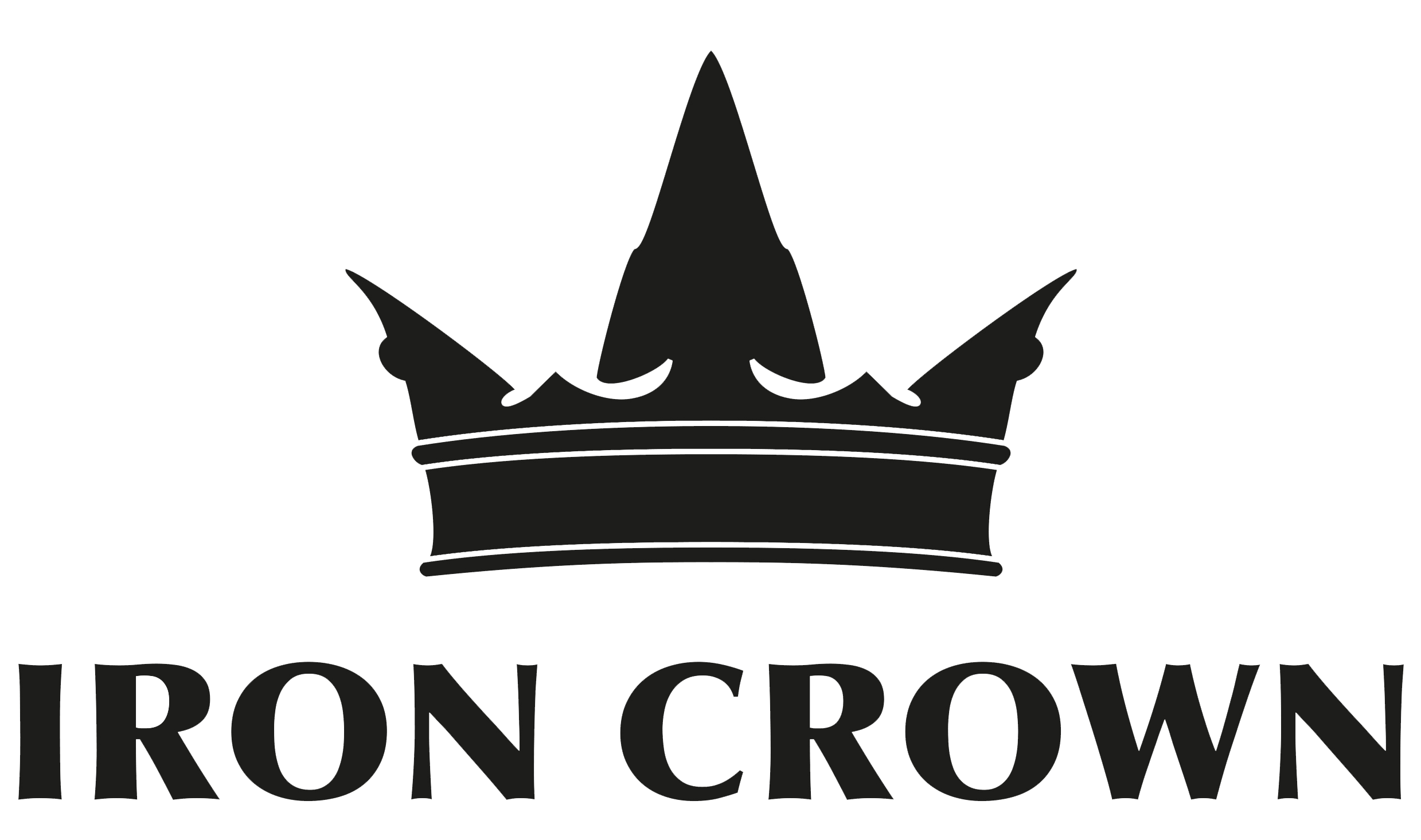Tired of the same creatures in your game of HARP-SF? Then GOOD NEWS! I have created a brand new creature to populate your science fiction setting with. It was created using the HARP and HARP-SF creature creation rules, but the essence of the creature could easily be recreated in Spacemaster if that is your Science fiction RPG of choice.
Don’t have a Sci-Fi TTRPG of choice? May I recommend reading more about HARP-SF or Spacemaster on our website.
Now without further ado, I give you the Varbonus…
VARBONUS
Level: 4
Size: Medium
BMR Type: Worm/Snake
BMR: 7
# Enc: 1
Outlook: Aloof
Treasure: – – –
DB: 58
Hits: 156
Init: 1
St: 0 (3)
Co: 6 (8)
Ag: -5 (2)
Qu: -2 (1)
SD: 4 (8)
Re: 2 (3)
In: 0 (2)
Pr: 0 (3)
End: 60
PP: 0
Stamina: 53
Will: 99
Magic: 59
Attacks
Tendril Attack – Small crush 50
Skills
Climbing (15) 80, Endurance (15) 96, Perception (15) 74, Resistance – Magic (10) 59, Resistance – Stamina (5) 53, Resistance – Will (10) 99, Stalking & Hiding (15) 129, Foraging/Survival Forest (15) 67, Tendril Attack – Small crush (10) 50
Talents
Critical Resistance (Minor), Enhanced Scent, Immunity to Stuns, Limited Regeneration (Major), Natural Camouflage, Natural Climber, Natural Weapon (Tendrils), Quiet Stride, Subtle , Tough Hide (Greater), Toughness
Description
Varbonus have numerous tendrils sprouting from a bulbous ‘head’. The number of tendrils depends mostly on the age of the specimen. When they are first born, they have two tendrils but will quickly develop more. An adult male can have anywhere between twenty and fifty tendrils. It is not uncommon for varbonus to lose tendrils (due to accident or being attacked) without having any negative effect on the creature. Tendrils can reach lengths of up to twelve feet in older males.
The varbonus’ ‘head’ is roughly spherical in shape and about six inches in diameter. At the bottom of the head (where the tendrils emerge) there is a cavity into which all food stuff is placed for digestion. The creature’s ‘skin’ greenish brown in colour but it is often thought to be moss green. This is due to the fact that a number of mosses and grasses often grow on older varbonus. Their skin is very tough and similar to tree bark. For this reason they are often mistaken for plants.
Lifestyle
The varbonus lives in any area that has a dense enough population of trees regardless of the climate. They are born and spend their entire lives in the branches of trees, never once touching the ground below. For this reason populations of varbonus cannot move between different areas of forest unless there is a direct route through interlocking branches of trees.
The varbonus are of benefit to the trees and forests that they live in as they keep the trees free of parasites and in some instances are used by specific species to distribute seeds.
Varbonus give birth to live young. A mother will birth the child, attach it to the tree using one of her own tendrils and then detach the tendril and leave the child and never return. The varbonus young will remain attached via its mother’s tendril for between two weeks and a month during which time its own tendrils will grow bigger and strong enough to support its own weight.
Varbonus are solitary creatures but have been known to attack each other if there is too great a number of varbonus within a small population of trees.
Abilities & combat
The skin of the varbonus is incredibly thick and almost impossible for most predators to bite through. Their impressive ability to camouflage into their surroundings and appear as just another part of the tree is yet another reason that varbonus have very few predators.
For the most part varbonus move very slowly. Their tendrils will snake them in a direction so slow as to be almost imperceptible to the naked eye. This helps maintain their camouflage. However, their tendrils are capable of moving at great speed when catching prey. A tendril will slowly move into position before suddenly pouncing and grasping the prey. For the most part the varbonus will squeeze it until it is dead but they can also simply hold their prey in one place for so long that they starve. Once the creature is dead it is slowly moved to the varbonus’ ‘mouth’ and digested.
The varbonus have very small hairs on their tendrils that can both feel the movement of other creatures on the tree around them and can detect the aromas given off by most fruit. These senses are so strong that they can detect any movement within the tree they’re on (and sometimes others if the trees are close enough) and can sense fruit from over 100m away.
Background & adventure notes
The varbonus has special cells in its tendrils which regenerate when a tendril is lost or damaged. There is great value in harvesting these creatures to create regenerative medicines. However, because the creatures are so slow to reproduce, taking or killing one can seriously impact the species survival so it is mostly illegal. Instead species of varbonus are bred in captivity specifically for the purpose of harvesting these cells.
